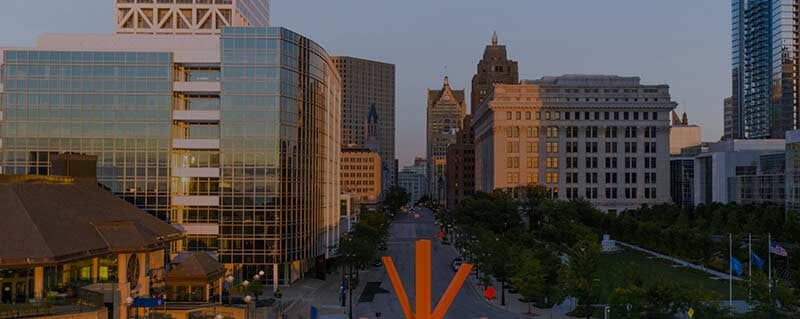No-Contact Motorcycle Accidents: What Are They and Who May Be at Fault?
When you think of motorcycle accidents, you probably think of the common situation in which a passenger vehicle collides with a motorcycle. However, there are some types of motorcycle accidents that do not involve a passenger vehicle – or even any other type of vehicle other than the motorcycle. Understanding your rights in these no-contact accidents is critical to ensuring you can collect the compensation you need after being seriously injured.
What Is a No-Contact Motorcycle Accident?
A no-contact motorcycle accident is one in which the negligent driver does not make physical contact with the motorcycle. Nonetheless, the motorcyclist still crashes because of the driver’s negligence. In these situations, the driver can still be liable for the damages the motorcycle suffered, even when there was no physical contact.
Some examples of no-contact motorcycle accidents for which the driver may be responsible include:
- A distracted driver in an adjacent lane drifts into the lane occupied by the motorcyclist who swerves to avoid a collision and crashes their bike.
- An inattentive driver fails to check their blind spots before merging into an adjacent lane and the motorcyclist brakes suddenly to avoid a collision. The motorcyclist is ejected from the bike.
- A driver does not look at oncoming traffic and does not see an approaching motorcyclist when they start to turn left into the path of the oncoming motorcyclist. The motorcyclist lays the bike down to avoid a worse crash.
Who Is at Fault for a No-Contact Motorcycle Accident
Motorcycles are lower to the ground and more vulnerable to road and traffic conditions than other types of drivers. The party who is responsible for a no-contact motorcycle accident depends on who is found negligent. Depending on the circumstances, one or more of the following parties may be responsible for the accident:
- The other driver – If the other driver was distracted, speeding, impaired, or otherwise negligent, they may be responsible for the accident.
- The motorcyclist – Some accidents may be due to the actions or failure to act by the motorcyclist.
- The government – Many motorcycle accidents happen because of bad road conditions, such as debris on the roadway, uneven pavement, defective traffic control devices, potholes, or other abnormalities in the roadway. The government entity responsible for maintaining the roadway may be responsible for accidents caused by these factors.
- Manufacturers – The makers of defective tires, brakes, or other auto parts can be held responsible for resulting accidents.
Do’s and Don’ts for No-Contact Motorcycle Accidents
Here are some things to do and not do following a no-contact motorcycle accident:
- Do report the accident
- Do work with law enforcement to try to identify the negligent driver if they did not stop at the scene of the accident
- Do seek medical attention for your injuries
- Do keep good records of all accident-related documents and expenses
- Don’t assume the insurance company will be cooperative
- Don’t blame yourself for the accident
- Don’t give a recorded statement or sign anything from the driver’s insurance company before talking to a lawyer first
If you were involved in a no-contact motorcycle accident, it is crucial to get qualified legal assistance to help you. Our team is ready to assist – contact us today to set up a free consultation.
